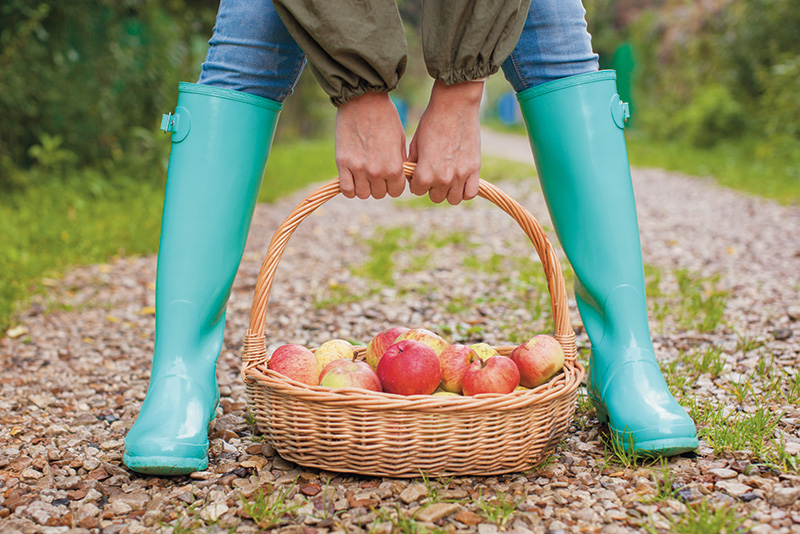By HARRY WEEKES
Quigley. The iconic canyon immediately east of Hailey evokes images of alfalfa, late afternoon sun and dog walks. And “no trespassing” signs. It is hard to call up the canyon and not consider its beauty or the history of recent planned-development ideas.
Now, a local team is proposing to change this last part. Called Quigley Farm, a development team led by Dave Hennessy, Duncan Morton and myself, Harry Weekes, is proposing an entirely new project and process for Quigley.
Introduced to the public in two three-hour community workshops, Quigley Farm was presented as very different from the last proposal brought before the public, which included an 18-hole golf course, more than 400 residential units and annexation into the city of Hailey.
Among the differences, Quigley Farm is not seeking annexation into Hailey. The new project is proposed for the county to be phased in at base density with a first phase outlining up to 30 lots and a final project size between 90 and 95 lots.
Beyond potential residential space, Quigley Farm is conceived as a neighborhood based on wellness, education and food production.
The development team of Hennessy, Morton and Weekes has created a series of guiding principles for the project, two of which—exploration and teamwork—were evidenced in recent community workshops.
At the first meeting, a design team that included SERA architects, WH Pacific Engineers, Regenesis and BioHabitats introduced the broad concepts of the farm, then invited community input and feedback through comment, discussion and a design process called Civic Ecology.
At the second meeting, the design team presented three scenarios, responses to public input, each composed of multiple options, and further elicited pros and cons of the concepts. While the scenarios were distinct, each had components of the overall themes—recreation, wellness, education, food production and residential.
They also showed how different the project was from the last Quigley iteration—with vast amounts of open space, a return of a detailed trail system, extensive stream restoration and a responsiveness to public feedback.
As the design team takes the input to the drawing board, next steps will be to keep the community engaged and informed. A forthcoming website will be a portal for public comment, ideas, and engagement, as well as updates on design progress.
From a project and a process that previously opened a Pandora’s Box of contention, something new emerged at the end of the recent introduction community meetings—hope.
Mountain Express declares that There is Hope for Quigley Canyon

